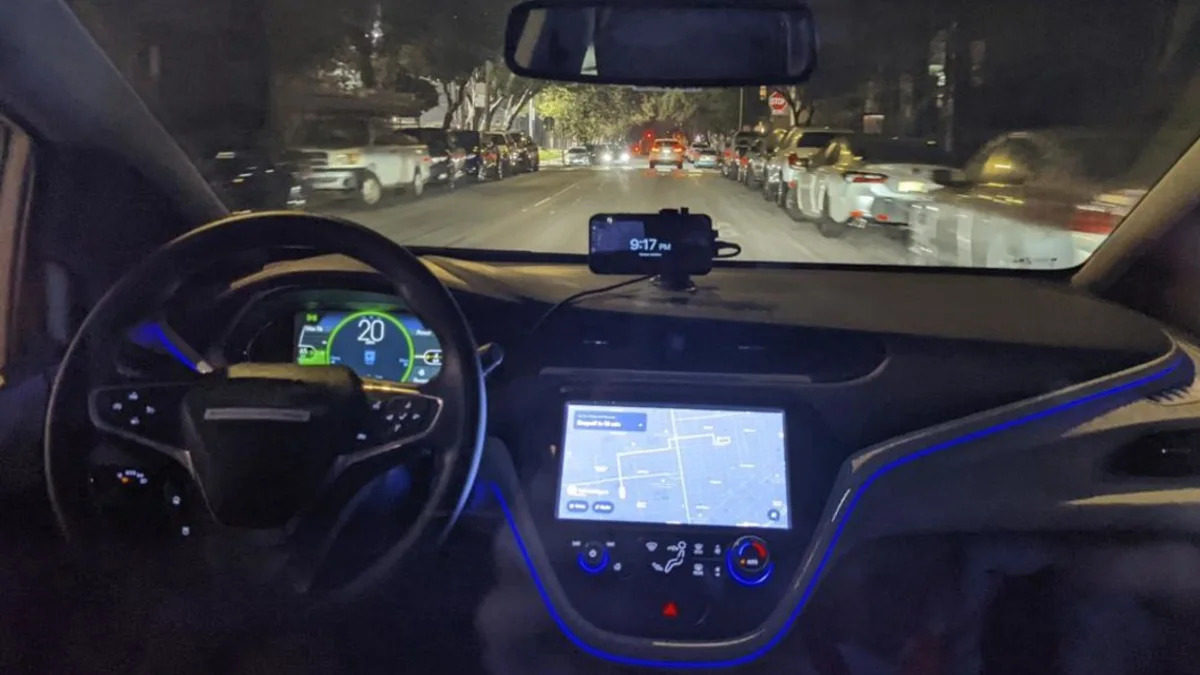General Motors' troubled robotaxi service Cruise on Tuesday endured a public lashing from a California judge who compared the company to the devious TV character Eddie Haskell for its behavior following a ghastly collision that wrecked its ambitious expansion plans.
The withering comparison to the two-faced Haskell from the 1950s-era TV series, “Leave It To Beaver,” was drawn by Administrative Law Judge Robert Mason III during an hour-long hearing held to consider a proposed settlement of a case accusing Cruise trying to conceal its excruciating role in an incident that resulted in the suspension of its California license.
After a vehicle driven by a human struck a San Francisco pedestrian in early October, a Cruise robotaxi named “Panini” dragged the person 20 feet (6 meters) while traveling at roughly seven miles per hour (11 kilometers per hour).
But the California Public Utilities Commission, which in August had granted Cruise a permit to operate an around-the-clock fleet of computer-driven taxis throughout San Francisco, alleged Cruise then covered up what Panini did for more than two weeks, raising the specter of a potential fine of $1.5 million, depending on how the regulations are interpreted.
A new management team that General Motors installed at Cruise following the October incident acknowledged it didn't fully inform regulators what Panini did to the pedestrian that night while also trying to persuade Mason that the company wasn't necessarily being purposefully deceitful.
Mason became so exasperated by Cruise's mixed messaging during Tuesday's hearing that he harked back to the TV series starring Jerry Mathers as the Beaver that still pops up in reruns. “For some reason, Eddie Haskell popped in my head,” Mason quipped to Craig Glidden, who now oversees Cruise as its president and chief administrative officer.
Glidden sought to assure Mason that Cruise will accept its culpability for what he described as a regrettable “mistake.” Cruise entered the hearing proposed to settle the case for $75,000, but when Mason contended that the company should be required to pay at least $112,500, Glidden immediately agreed to that figure.
“We want to move forward,” Glidden said. He also reminded Mason that Cruise could still face other repercussions beyond California, with both the U.S. Justice Department and U.S. Securities and Exchange Commission probing the robotaxi service's conduct.
But Mason indicated that he is leaning toward letting the case continue through the entire hearing process rather than approving a settlement. The judge didn't set a timetable for resolving the matter.
Tuesday's hearing came less than two weeks after Cruise released a lengthy report reviewing how the company mishandled things after the pedestrian was hurt.
The report prepared by the law firm of Quinn Emanuel Urquhart & Sullivan rebuked Cruise’s management that has since been dumped for “poor leadership," and fostering an “us versus them” mentality with regulators. But is also blamed internet connection problems for preventing various regulators from seeing parts of a video showing Panini dragging the pedestrian after the vehicle misread the situation.
Besides parting ways with former CEO and co-founder Kyle Vogt and other top executives, Cruise also has laid off about one-fourth of its workforce as part of GM's decision to back off its one-time goal of generating $1 billion in annual revenue from the robotaxi service by 2025.


Sign in to post
Please sign in to leave a comment.
Continue